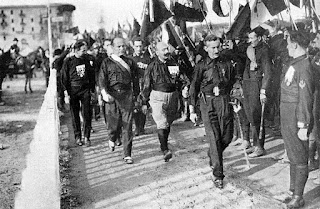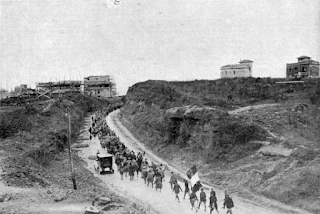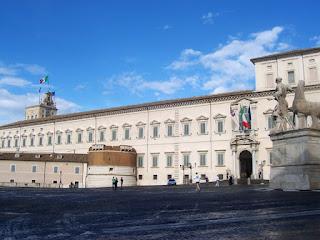Antonino Votto – conductor
Outstanding operatic conductor made recordings with Callas
Operatic conductor Antonino Votto was born on this day in 1896 in Piacenza in Emilia-Romagna. He became famous in the 1950s because he conducted the orchestra for the acclaimed recordings made by soprano Maria Callas for EMI. Votto was also considered one of the leading operatic conductors of his time on account of his performances at La Scala in Milan, where he worked regularly for nearly 20 years. After Votto had attended the Naples conservatory for his music studies he went to work at La Scala, where he became an assistant conductor to Arturo Toscanini. He made his official debut there in 1923, leading a performance of Puccini’s Manon Lescaut. Votto went on to build a reputation as one of the most outstanding conductors of Italian opera, appearing at many other operatic venues in Italy and abroad. In 1941 he began teaching at the Giuseppe Verdi conservatory in Milan as the war limited operatic activity in Italy and in most parts of Europe. One of his students was the present day Italian orchestra conductor, Riccardo Muti. Recordings of Votto conducting opera live in the theatre were a great success. He conducted Bellini’s Norma in 1955 with Callas at La Scala. Read more…
_______________________________________
Charles Atlas - bodybuilder
Poor immigrant from Calabria who transformed his physique
The bodybuilder Charles Atlas was born Angelo Siciliano on this day in 1893 in the Calabrian town of Acri. Set 720m above sea level straddling two hills in the province of Cosenza, on the edge of what is now the mountainous Sila National Park, Acri was a poor town and while Angelo was growing up his father, Santos, began thinking about joining the growing number of southern Italians who had gone to forge a new life in America. They made the move when Angelo was 11. The journey by sea from Naples took around two weeks. After registering their arrival at Ellis Island, the immigrant inspection station in New York Bay, the family settled in Brooklyn. Most accounts of Angelo’s life suggest that his father, a farmer, returned to Italy within a short time but his mother remained, taking work as a seamstress and endeavouring to make a better life for her children. Angelo’s path to becoming Charles Atlas and enjoying worldwide fame began with a classic story of bullying. Like many Italian children of his time, having been born in a part of the country where living conditions were difficult and good food was in short supply, he was sickly and scrawny, an easy target to be picked on. Read more…
_____________________________________
Poggio Bracciolini – scholar and humanist
Calligrapher who could read Latin changed the course of history
Gian Francesco Poggio Bracciolini, who rediscovered many forgotten Latin manuscripts including the only surviving work by the Roman poet and philosopher, Lucretius, died on this day in 1459 in Florence. For his services to literature he was commemorated after his death with a statue by Donatello and a portrait by Antonio del Pollaiuolo. Bracciolini was born in 1380 at Terranuova near Arezzo in Tuscany. In 1862 his home village was renamed Terranuova Bracciolini in his honour. He studied Latin as a young boy under a friend of the poet, Petrarch, and his linguistic ability and talent for copying manuscripts neatly was soon noted by scholars in Florence. He later studied notarial law and was received into the notaries guild in Florence at the age of 21. After becoming secretary to the Bishop of Bari, Bracciolini was invited to join the Chancery of Apostolic Briefs in the Roman Curia of Pope Boniface IX. He was to spend the next 50 years serving seven popes, first as a writer of official documents and then working his way up to becoming a papal secretary. Read more…
Booking.com
.jpg)

.jpg)
.jpg)

.jpg)


.jpg)






_(5904657870).jpg)